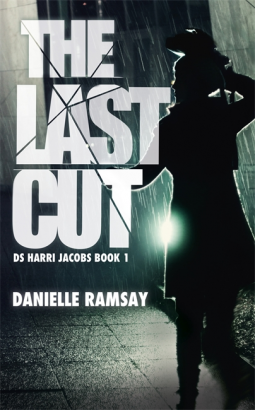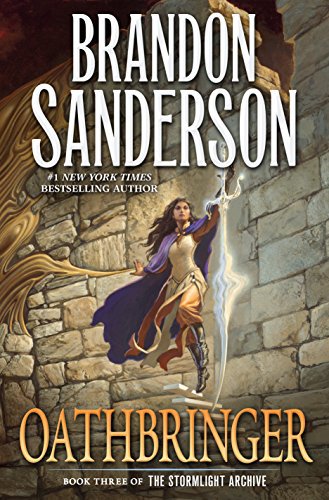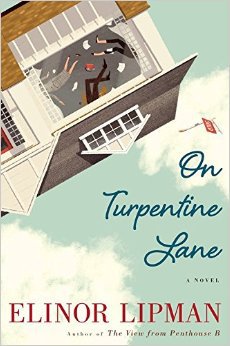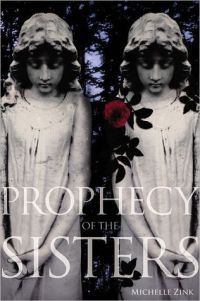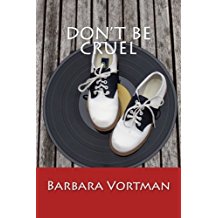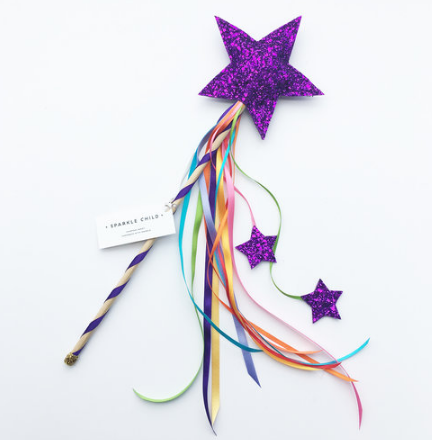
And the answers were:
Bob Probst: “I would give students more access to models of student discourse so they can talk about the content.”
Lucy Calkins: “I would give teachers more time for professional conversations, to dive into problems of practice together as a community and share their discoveries.”
Kylene Beers: “I would double your pay and cut the number of students in your class in half.”
This last question posed by moderator Lester Laminack who was seated on stage with the panel was: “If you had a magic wand in public education today, what would you do with it?”
Was this the most memorable question of the day? Why begin here? Because Saturday was a ginormous day of learning at #NCTE17. My day was filled with nonstop sessions and meetings from 7:30 am until 10:05 pm. It was Saturday. I was in St. Louis. And let me repeat, “my day was filled with nonstop sessions and meetings from 7:30 am until 10:05 pm.” And it was Saturday. If you do the math, the answer is something like 14+ hours.
Details: The first meeting was a breakfast. The last gathering was dinner. 15 minutes in between sessions to race from one end of the convention center and settle in for 75 minute learning opportunities… On a Saturday!
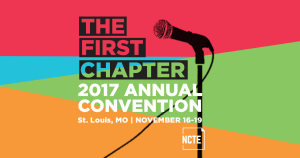
My answer is #NCTE17. A conference that I choose to attend, at my own expense, in order to learn and grow professionally. A conference where I renew my professional “joie de vivre“. I chose my schedule (or does it chose me?). I make a plan or two. I continually check my list of “Must Learns“. Some items are topics. Some items are names. Names of people. Names of books. And the best intersection . . . authors of books from book chats or book studies. The books in my bag in my hotel room that I forgot to match up to my schedule to bring for autographs. Those authors. Those from whom I want to learn MORE!
Personalized = my choice. Technology = those I have met on Twitter, Voxer, and blogs (that I now meet face to face). A lasting marriage of Voice and Choice on Saturday for 14+ hours of learning! Learning on my own dime and time.
So what did I learn?“We still need a balance of technology and print in our literacy lives. There is not yet a definitive answer on when and how much screen time is appropriate for effective learning. Think balance.” Colleen Cruz, TCRWP
Lucy Calkins: “Transference of phonics is the goal. We don’t need a professor of phonics.”
“Our new work is our best work. We are always striving to improve and outgrow ourselves as a community of learners.”
To learn more about Jacqueline Woodson, Saturday General Session, check out her website. Simply gorgeous keynote!
F.38 What Matters Most About Reading and Writing
(Lester Laminack, Kylene Beers, Robert Probst, and Lucy Calkins)
What I will hold onto:
Kylene shared that 80% of adults go to text in order to be right. So we need to teach HS kids that reading, entering a text, is an opportunity to change yourself.
Lucy Calkins – “Live as if one of the pillars of your thinking is dead wrong.” Go to sessions, work with folks because if we only read our books and stay in our bubble – we will not be surprised and will not outgrow ourselves.
Lester Laminack: Our children are 21st century citizens . . . ask Siri ‘Why do bees buzz?” (and he did on stage for all of us to listen to) How do we convince Ss to fall in love w/ books? That’s a question for your, dear reader!
Lucy: We can grow as writers if we write along side our students when they are writing. We don’t have to be writers before we begin teaching writing.
Kylene: Writing to tell or Writing to discover. We can’t and don’t write enough. We shouldn’t teach kids non-fiction means not fake which then turns to true…let’s teach them non-fiction means not fiction. Non-fiction can be fake, not because you don’t agree with it though.
G.04 How to Say Less So Readers Can Do More: Developing Agentive Readers
(Jan Burkins, JoAnne Duncan, Gravity Goldberg, and Renee Houser)
We read passages at 90% accuracy. They were tough to understand. Sometimes reading is tough. We need to acknowledge that. But we also need to make sure that students DO THE WORK! We need to set up those conditions of learning!
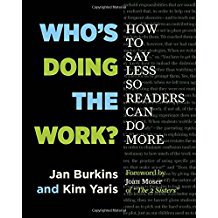
Haven’t read it? No excuse!
You can read about it here, here, and here.
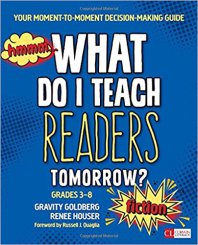
Gravity and Renee have this fiction and a nonfiction parallel book as well. Have you read them? Reflections on the books are included on a post here.
JoAnne shared the journey of a particular student in her building who learned to read and was then given books when she moved from the school. Powerful and tear jerking reminders that our relationships matter. We have to be a part of our students’ lives.
H.08 Harnessing the Power of Multicultural Literature and Critical Literacy to Generate Authentic and Enjoyable Writing Spaces That Bring Writers Back into the Workshop
(Brian Kissel, Kristina Kyle, and Lauren Rudd)
The two first grade international teachers shared the influences of their work:
Critical Literacy
- James Paul Gee
- Paulo Freire
- Vivian Maria Vasquez
Social action (for a Better World)
- Randy Bomer
- Katherine Bomer
- Stephanie Jones
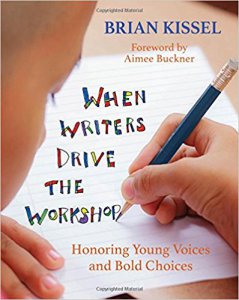
And then Brian had us read and think alongside his reflections on his student work! For more information about Brian and his work, check out this post.
Thought to Ponder:
What would happen if you read every piece of student work just like you read every published book?I.20 Recapturing Assessment: Student Voices in Aiding Our Mission
(Jason Augustowski, Dr. Mary Howard, Dr. Katie Dredger, Cindy Minnich, Sam Fremin, Ryan Hur, Joseph O’Such, Christian Sporre, Dawson Unger, Spencer Hill, Jack Michael, Ryan Beaver, Sean Pettit, and Kellen Pluntke)
Take aways from the #BowTieBoys:
- Students do not want multiple choice tests.
- Students do not want to regurgitate facts.
- Students do not want to write essays every time to show evidence of their learning.
- Students do not want to sit in rows of desks.
- Students do not want to listen to lectures.
- Students do not want a two page writing limit.
Students want choice.
Students want voice.
Students want opportunities to negotiate HOW to share their learning.
Students want to explore their own interest.
Students want to use technology.
Students want to learn even if that takes more work.
Students are less concerned about “fairness in grading” then they are about having choices in open-ended rubrics.
(edited) For additional details about the individual presentations from this round table see Mary C Howard’s Facebook post here.
J. 21. Beyond Levels: Choosing Texts to Scaffold Instruction for Engagement and Agency
(Clare Landrigan, Tammy Mulligan, Terry Thompson, and Dorothy Barnhouse)
It was such a pleasure to see the cover of Clare and Tammy’s new book and then to have Dorothy read Yo, Yes to us. We can find authentic ways to build in engagement and agency without “cute” worksheet pages! Tammy and Clare’s blog is here.
And of course, ending with the Slicer Dinner! 16 bloggers (weekly and each day in March) meet up for food, fun, continued learning, and conversation. (Again . . . Personalized Learning and Technology) Thank you, Two Writing Teachers!
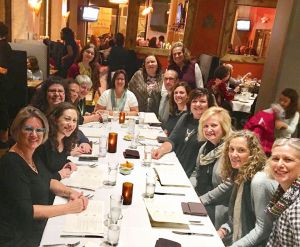
- More
